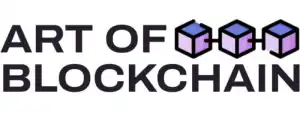What Role Does Gas Limit Play in Complex Contract Execution?
Hi everyone! I’m a blockchain developer exploring the nuances of gas fees and their impact on smart contract execution. I understand that gas fees are essentially the cost of executing operations on the network, but I’m still trying to wrap my head around how the gas limit influences the execution of more complex smart contracts.
What exactly is the gas limit, and how is it determined? How does the gas limit affect the processing of more complex or loop-heavy smart contracts? If a contract exceeds its gas limit during execution, what happens to the transaction and the fees involved? Are there strategies or best practices for optimizing gas usage in complex smart contracts?
Thanks in advance for any insights! I’m trying to get a deeper understanding of how to manage gas fees efficiently, especially when dealing with more resource-intensive contracts.
